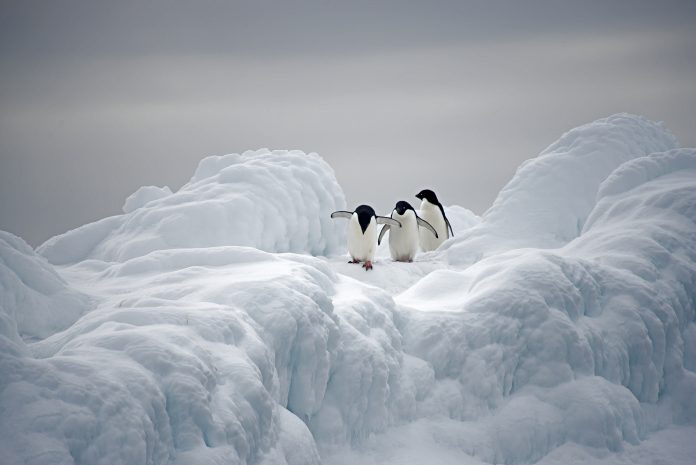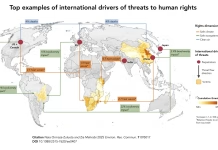In the glacial period, sea ice decreases occurred at a similar time to drastic climate change and created intensive debate among scientists – now, the ICE2ICE project has a conclusive answer for what happened
During the last glacial period, which is around 10,000 – 110,000 years ago, the northern hemisphere was covered in glacial ice and extensive sea ice, covering the Nordic seas. The cold glacial climate was interrupted by periods of fast warmup of up to 16.5 degrees Celsius over the Greenland ice sheet, also known as the Dansgaard Oeschger events (D-O).
Henrik Sadatzki, first author of the study, commented: “Our, up until now, most extensive and detailed reconstruction of sea ice documents the importance of the rapid decrease of sea ice cover and the connected feedback mechanisms causing abrupt climate change.”
Researchers from the Niels Bohr Institute, University of Copenhagen have, in collaboration with Norwegian researchers in the ERC Synergy project, ICE2ICE, investigated this ancient question and found their answer.
They have shown that abrupt climate change occurred as a result of widespread decrease of sea ice. They also found that the extent of climate change can be found in the oceans, if the history of the glacial period is applied to the similar type of warming happening today.
The debate on what caused sudden ocean changes is over
These rapid glacial climate fluctuations were discovered in the Greenland ice core drillings decades ago, but the cause of them have been hotly contested. D-O events are of particular significance today as the rate of warming seems to be very much like what can be observed in large parts of the Arctic nowadays. The new results show that the abrupt climate change in the past was linked to a worryingly extensive decline in sea ice cover in the Nordic seas.
Right now, sea ice decreases are happening every year. The history of past ice fluctuations could hold the key for understanding how the climate will respond when there is less and less ice – what this means for humans, animals and the landscape itself.
The sea ice decreases are a “tipping element” in the tightly coupled ocean-ice-climate system. This is really important for researchers and populations alike, as the still more open ocean to the north can lead to startling climate change.
Sediment core and ice core data created the fullest picture
The Norwegian researchers investigated two sediment cores from the Norwegian sea and the Danish researchers investigated an ice core from East Greenland for changes in the sea ice cover. Both sediment and ice cores were meticulously dated and further linked to one another through several volcanic layers of ash (tephra) identified in both.
Helle Astrid Kjær, Associate professor at the Ice, Climate and Geophysics section at the Niels Bohr Institute, commented: “We have investigated how the sea ice cover changed during the last glacial period in both marine cores and ice cores.
“With the high resolution in our data sets we are able to see that the Nordic seas, during the rapid climate changes in the glacial period, change from being covered in ice all year round to having seasonal ice cover.
“This is knowledge we can apply in our improved understanding of how the sea ice decline we observe today may impact the climate in the Arctic.”
Henrik Sadatzki further said: “Our records show that the extensive decline in sea ice could have happened during a period of 250 years or less, simultaneously with a phase in which the water in the oceans to the north mixed with the Nordic sea, and that this situation led to sudden changes in atmospheric warming.”











